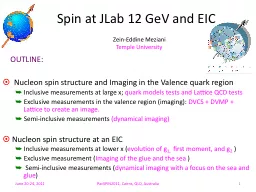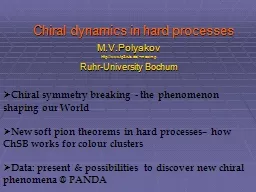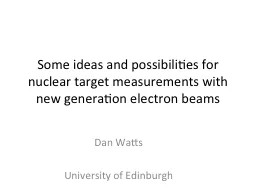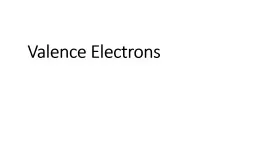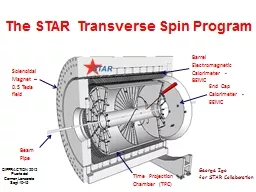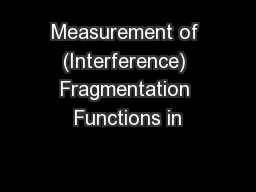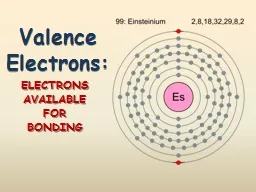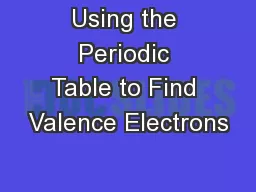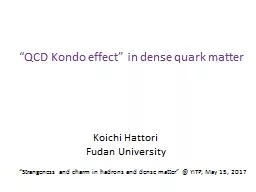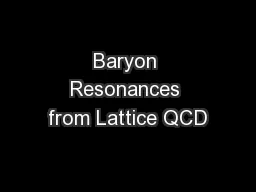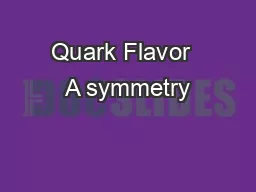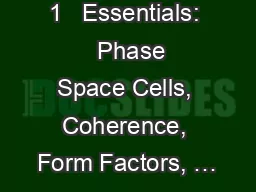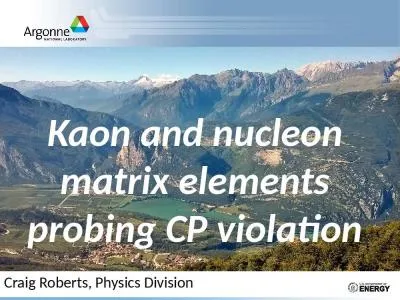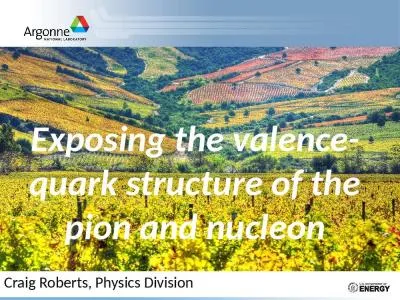PPT-Nucleon spin structure and Imaging in the Valence quark re
Author : conchita-marotz | Published Date : 2017-12-14
Inclusive measurements at large x quark models tests and Lattice QCD tests Exclusive measurements in the valence region imaging DVCS DVMP Lattice to create
Presentation Embed Code
Download Presentation
Download Presentation The PPT/PDF document "Nucleon spin structure and Imaging in th..." is the property of its rightful owner. Permission is granted to download and print the materials on this website for personal, non-commercial use only, and to display it on your personal computer provided you do not modify the materials and that you retain all copyright notices contained in the materials. By downloading content from our website, you accept the terms of this agreement.
Nucleon spin structure and Imaging in the Valence quark re: Transcript
Download Rules Of Document
"Nucleon spin structure and Imaging in the Valence quark re"The content belongs to its owner. You may download and print it for personal use, without modification, and keep all copyright notices. By downloading, you agree to these terms.
Related Documents

